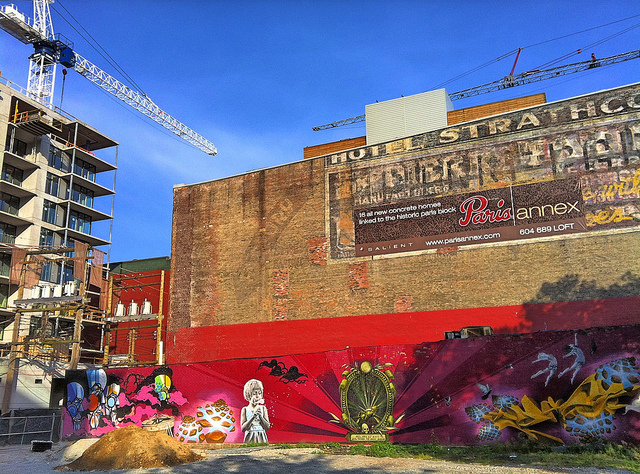
In the 1950s and 60s, middle-class White families moved from cities across the United States into suburbs. Today, we see movement in the opposite direction. Middle-class families are moving to previously neglected inner-city neighborhoods, a process known as gentrification. While gentrification provides middle and upper-class families with more urban living options, previous residents in those neighborhoods are often forced to move out when they can no longer afford the rising cost of living. In a recent NPR article, sociologist John Schlichtman discusses negative consequences of gentrification. Schlichtman explains,
“The reason gentrification has a bad rap is due to the inequity between race and housing. Race is, at its heart, a class issue…The devaluing of lower-class neighborhoods, usually residents of color, is the result of a history of unjust policies, including government defunding and redlining.”
According to Schlichtman, those who move into gentrifying neighborhoods may feel guilty because they benefit from “an unjust gap.” At an individual level, Schlichtman suggests investing in businesses that already exist in the community, instead of new ones. But to really create social change, action must go beyond the individual:
“We need to put pressure on our city governments as a community to not put profit and investment as the number one priority. It can be balanced with other priorities of community.”
In short, gentrification can reinforce racial and class inequalities in the United States. And while gentrification is not only about individual choices, individuals — especially those moving into gentrifying neighborhoods — can take steps to counter its negative effects.

Comments